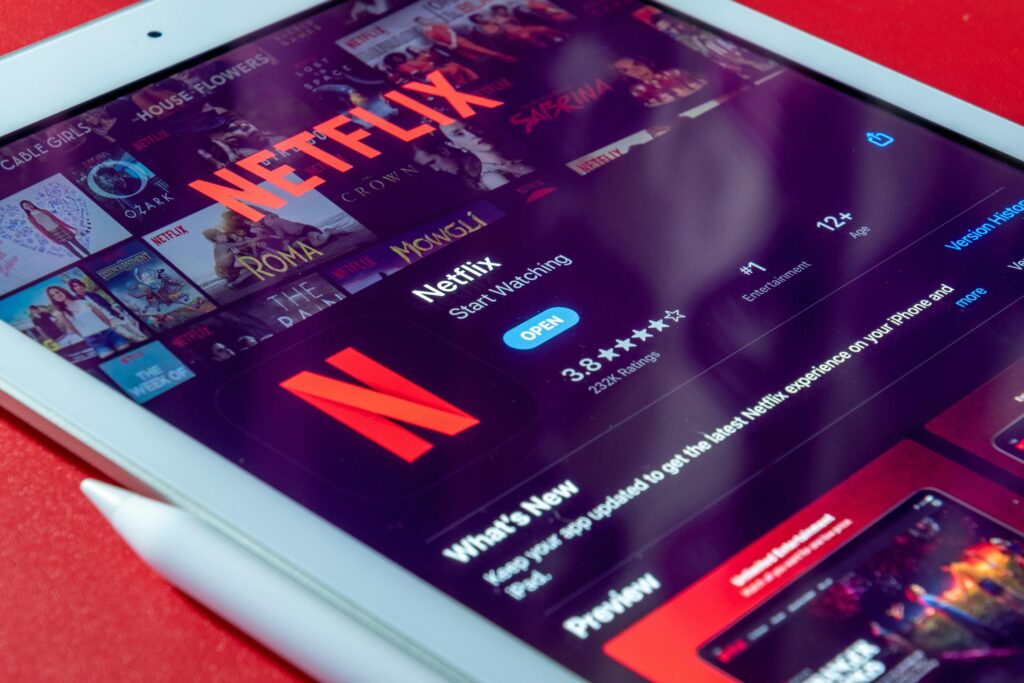OTT App Development: Navigating The Common Revenue Models
27/03/2024
860
Table of Contents
As Over-The-Top OTT app development reshapes media consumption, understanding its revenue landscape is crucial. Explore the intricacies of OTT app revenue models, including subscription-based, advertising-based, and transactional approaches. Discover how technological advancements, like AI and secure payment gateways, are impacting revenue generation. Learn how to overcome challenges and maximize profits in this dynamic industry.
Overview of OTT Apps Development
Over-The-Top (OTT) app development is revolutionizing the way we consume media and entertainment. These apps, which deliver video content directly over the internet, bypass traditional distribution channels such as cable or satellite TV. They are growing in popularity due to their convenience, as they allow users to access a vast variety of content anytime, anywhere, on any device. Additionally, they offer innovative monetization strategies that are reshaping the revenue landscape of the entertainment industry.
Understanding the Revenue Landscape
The revenue landscape for OTT apps is complex and multi-faceted. It entails a variety of revenue models, each with its own unique advantages and challenges. These models determine how the apps generate income, whether it’s through user subscriptions, advertising, or pay-per-view transactions. Understanding these models is essential for any business looking to thrive in the OTT space.

Key Revenue Models for OTT Apps
Custom white-label OTT platforms primarily utilize three revenue models: subscription-based, advertising-based, and transactional models.
Subscription-based Model
The subscription-based business model is a popular choice in the world of Over-The-Top (OTT) applications.
This model, which requires users to pay a monthly or yearly subscription fee, provides access to a comprehensive library of content. By subscribing, users can enjoy a wide variety of content from different genres and formats, making it a one-stop solution for their entertainment needs.
This model also benefits the service providers, as it guarantees a consistent revenue stream. This predictability of income allows these platforms to invest in acquiring new content, improving their services, and even producing their original content.
Major platforms like Netflix and Hulu use this model. They offer diverse content, including movies, TV series from various networks, and their original productions.

Advertising-based Model
In the advertising-based model, users get to view the content for free. However, this content comes with advertisements in between. The money comes from these advertisements. Advertisers pay to display their ads within the content.
YouTube is a great example of this model. It features content from users, music videos, and more.
From a development viewpoint, this model needs strong ad-serving technologies. It also requires algorithms to ensure ads are placed at the right spots. These measures help to increase ad views and clicks, leading to higher revenue.

Transactional Model
The transactional or pay-per-view model is a revenue strategy in which users pay for each content they consume.
This approach is prevalent on platforms like Amazon Prime, primarily for renting or buying individual movies. It’s especially effective for offering premium or exclusive content for which users are inclined to pay additional charges.
This model necessitates a reliable and secure payment gateway and a robust content delivery network to ensure seamless access to premium content. A well-structured database for individual user transactions and preferences is also crucial for personalized content delivery.
Challenges in Navigating the Revenue Landscape – Maximizing profit
Making money can be a big challenge in the OTT app development world. Developers need to set the right prices to keep users and stay profitable. They also have to deal with content rights, which can be complicated, especially in different countries. The OTT app development market is also getting more competitive, with new players constantly entering.
It’s important to know your audience, choose the right revenue model, and keep improving your app to maximize revenue. Staying up to date with market trends and user preferences is also vital.
Furthermore, using analytics to understand user behavior and preferences can help create personalized experiences and content suggestions, increasing user engagement and keeping them coming back.

The Impact of Technological Advancements on OTT Revenue
Technological advancements have a profound impact on the OTT revenue landscape. For instance, the advent of artificial intelligence (AI) and machine learning (ML) technologies has enabled OTT platforms to offer personalized content and advertisements, leading to increased user engagement and higher revenue.
Also, the development of secure payment gateways has made transactions more straightforward and safer, encouraging more users to opt for premium content or subscriptions.
Conclusion
OTT apps have transformed how we consume media and entertainment, offering users unprecedented convenience and choice. By understanding the revenue landscape and adopting the right strategies, businesses can tap into the immense potential of OTT apps and achieve sustainable growth.
Ready to revolutionize your media business and maximize revenue? Explore OTTclouds – our comprehensive OTT solution tailored to meet your needs. With subscription-based, advertising-based, and transactional models integrated seamlessly, along with cutting-edge technologies to enhance user engagement and monetization, our OTT solution empowers you to navigate the revenue landscape effectively.
Contact us to take the next step towards success in the OTT industry today!
Related Blog





















